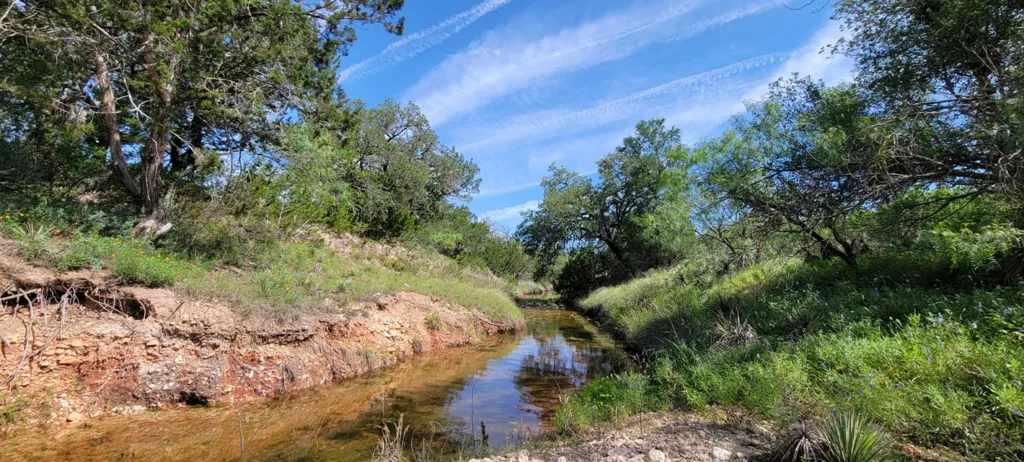May 21 @ 7:00 pm – 8:00 pm

Our guest speaker this month is Ricky Linex. His presentation is a virtual creek walk across Texas identifying riparian plants found in different regions of the state. Native plants in riparian areas across the state of Texas will be shown and discussed. Plants are what hold the creeks and rivers together and we need to manage these plants to improve riparian health and survival.
Ricky Linex retired in 2021 as a wildlife biologist for the Natural Resources Conservation Service and works as a range and wildlife consultant. With NRCS Linex worked 51 counties in north central Texas covering the Rolling Plains, Cross Timbers, Blackland Prairie and Post Oak Savannah vegetational regions. He worked 38.5 years with NRCS in Goldthwaite, Snyder, Abilene and Weatherford. He is the author of Range Plants of North Central Texas, A Land Users Guide to Their Identification, Value and Management, a plant identification book for Texas. Range Plants was recognized in 2015 as an outstanding publication by the Texas Chapter-The Wildlife Society, the Native Plant Society of Texas and the Texas Section-Society for Range Management and is available through the Botanical Research Institute of Texas. He currently serves as President of the Native Plant Society of Texas.
This is a virtual meeting using Zoom. Register here to get the Zoom for this meeting.
After registering, you will receive a confirmation email containing information about joining the meeting.

Related Events
-
Archeology and Ethnobotany in Texas Botanical Gardens – Williamson County Chapter Meeting, May 9
May 9 @ 7:00 pm – 8:30 pm
This is a virtual meeting using Zoom. Please check back closer to this meeting to register to get the Zoom for this meeting.
After registering, you will receive a confirmation email containing information about joining the meeting.
Related Events
-
Archeology and Ethnobotany in Texas Botanical Gardens – Williamson County Chapter Meeting, May 9
May 9 @ 7:00 pm – 8:30 pm



